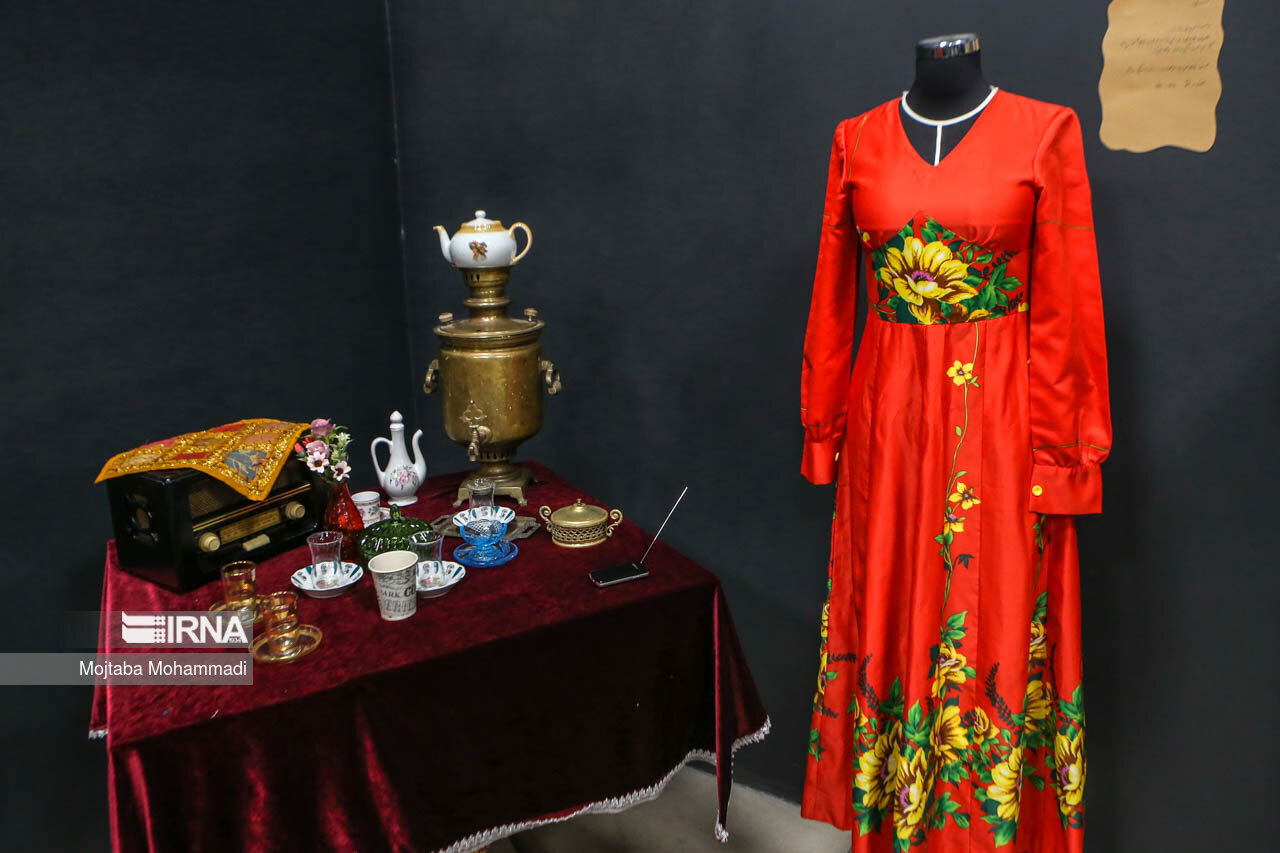Exhibition of Gilani garments opens in Rasht museum

TEHRAN – A collection of nostalgic women’s garments, traditionally worn by the Gilani ladies over the past three decades, is currently on show at the Rasht Museum of Anthropology.
The exhibition showcases outfits used in different rituals and occasions, providing visitors with the opportunity to become familiar with the clothing of the Gilani women in terms of the moral values of society, culture and exquisiteness of the clothes.
Iran, a country known for its rich cultural heritage, is home to a diverse range of traditional garments that reflect the unique identity of different regions. One such region is Gilan, located in the picturesque northern part of the country.
Gilan is renowned for its lush green landscapes, charming seaside towns, and vibrant cultural traditions, including its distinctive traditional clothing, particularly for women.
The traditional garments of Gilan province have deep roots in its history and cultural heritage. With influences from various ethnic groups, including Gilaks, Talysh, and Taleshi, the traditional clothing of Gilan represents a unique fusion of these diverse cultural threads. The garments have been passed down through generations, embodying a sense of ancestral pride and identity.
Historically speaking, Gilan is well-known for its rich Iron Age cemeteries such as Marlik that have been excavated over the past century. It was once within the sphere of influence of the successive Achaemenian, Seleucid, Parthian, and Sassanid empires that ruled Iran until the 7th century CE. The subsequent Arab conquest of Iran led to the rise of many local dynasties, and Gilan acquired an independent status that continued until 1567.
Rasht, the provincial capital, has long been a weekend escape for residents of Tehran who are looking to sample the famous local cuisine and hoping for some pluvial action–it's the largest and wettest town in the northern region. Gilan is divided into a coastal plain, including the large delta of Sefid Rud and adjacent parts of the Alborz mountain range.
AFM
Leave a Comment